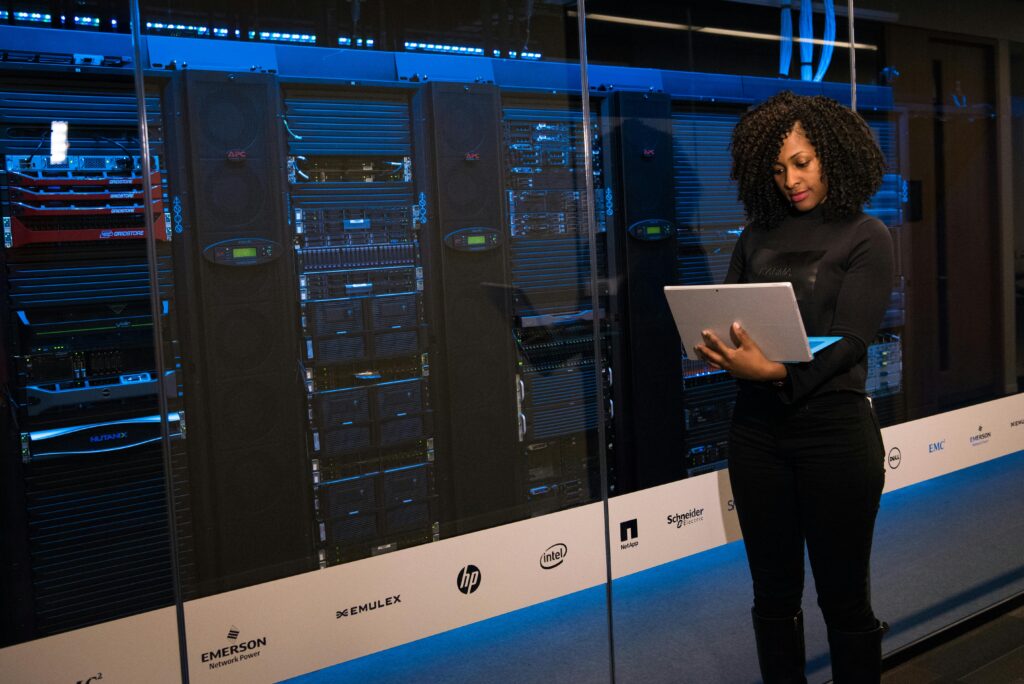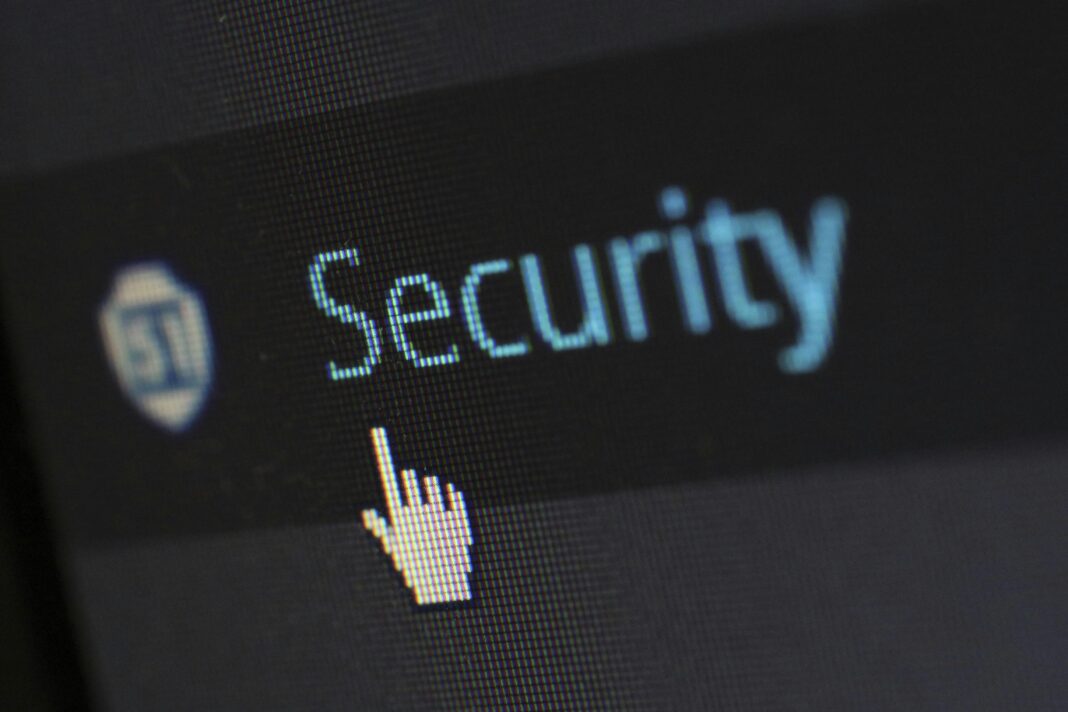The shift to remote work has transformed how businesses operate, offering employees flexibility and companies access to a global talent pool. However, this transition has also exposed organizations to unprecedented cybersecurity risks. Remote workers often operate outside the secure perimeter of corporate networks, relying on home Wi-Fi, personal devices, and cloud-based tools—each presenting potential vulnerabilities.
Cybercriminals have seized this opportunity, targeting remote employees with sophisticated phishing schemes, malware attacks, and network intrusions. According to a 2024 report by Cybersecurity Ventures, cyberattacks on remote workers have increased by 238% since 2020, with small and medium-sized businesses being the most vulnerable.

This guide provides a comprehensive, actionable roadmap for securing remote work environments. We’ll cover essential tools, best practices, company policies, and human behaviors that minimize risk. Whether you’re an employee, IT manager, or business owner, these strategies will help protect sensitive data and maintain operational integrity.
Why Remote Workers Are Prime Targets for Cyberattacks
Remote workers are attractive targets for cybercriminals due to several key factors:
1. Weaker Home Network Security
Unlike corporate environments—where firewalls, intrusion detection systems, and IT teams monitor threats—home networks often lack robust security. Many employees use default router passwords, outdated firmware, or unencrypted Wi-Fi, making it easy for hackers to infiltrate.
2. Use of Personal Devices
Bring Your Own Device (BYOD) policies introduce risk when personal laptops, smartphones, or tablets access company data. These devices may not have endpoint protection, encryption, or regular security updates.
3. Increased Phishing and Social Engineering Attacks
Cybercriminals exploit the isolation of remote workers by impersonating colleagues, HR departments, or IT support. A 2023 Verizon report found that 36% of all data breaches involved phishing.
4. Lack of Physical Security
In an office, unauthorized access to workstations is monitored. At home, family members or visitors may inadvertently expose devices to malware or data theft.
5. Poor Password Hygiene
Many remote workers reuse passwords across multiple accounts or use weak credentials. A Google survey revealed that 65% of people recycle passwords, making credential stuffing attacks highly effective.
Essential Cybersecurity Tools for Remote Workers
To mitigate risks, remote employees must use the right security tools. Below are the most critical solutions:
1. Virtual Private Networks (VPNs)
A VPN encrypts internet traffic, preventing hackers from intercepting sensitive data.
Best Practices for VPN Usage:
- Always connect to the company VPN before accessing internal systems.
- Avoid free VPN services, as they may log and sell user data.
- Use enterprise-grade VPNs like Cisco AnyConnect, NordVPN Teams, or Perimeter 81.
2. Multi-Factor Authentication (MFA)
MFA adds an extra layer of security beyond passwords. Even if credentials are stolen, attackers can’t access accounts without the second factor.
Types of MFA:
- SMS-based codes (least secure due to SIM-swapping risks).
- Authenticator apps (Google Authenticator, Microsoft Authenticator).
- Biometric verification (fingerprint, facial recognition).
- Hardware tokens (YubiKey).
3. Endpoint Protection Software
Traditional antivirus is no longer sufficient. Modern threats require Endpoint Detection and Response (EDR) solutions that monitor behavior in real time.
Top EDR Solutions:
- CrowdStrike Falcon (AI-driven threat detection).
- Microsoft Defender for Endpoint (integrates with Azure AD).
- SentinelOne (autonomous threat mitigation).
4. Password Managers
Weak passwords are a leading cause of breaches. Password managers generate, store, and autofill complex credentials.
Recommended Password Managers:
- Bitwarden (open-source, affordable).
- 1Password (excellent for teams).
- LastPass (despite past breaches, still widely used).
Secure Home Network Practices
A compromised home network jeopardizes all connected devices. Follow these steps to lock it down:
1. Change Default Router Credentials
Most routers use generic logins like admin/password, making them easy targets.
How to Secure Your Router:
- Access the admin panel (usually 192.168.1.1).
- Change the default username and password.
- Disable Remote Management to prevent external access.
2. Enable WPA3 Encryption
Older Wi-Fi security protocols (WEP, WPA2) are vulnerable. WPA3 is the current standard.
Steps to Update Wi-Fi Encryption:
- Log into your router settings.
- Navigate to Wireless Security.
- Select WPA3-Personal or WPA3-Enterprise if available.
3. Create a Separate Work Network
Isolating work devices from personal ones limits exposure if a device is infected.
How to Set Up a Guest Network:
- Most modern routers allow guest networks.
- Enable client isolation to prevent devices from communicating with each other.
Phishing and Social Engineering Defense
Cybercriminals manipulate human psychology to gain access. Below are common tactics and how to counter them.
1. Recognizing Phishing Emails
Red flags include:
- Urgent requests (e.g., “Your account will be suspended!”).
- Mismatched sender addresses (e.g., support@amaz0n.com).
- Suspicious attachments or links.
What to Do If You Click a Phishing Link:
- Disconnect from the internet immediately.
- Run a malware scan.
- Report the incident to IT.
2. Avoiding Social Media Oversharing
Attackers scour LinkedIn, Facebook, and Twitter for intel.
Risky Behaviors to Avoid:
- Posting about work projects.
- Listing job titles in public profiles.
- Sharing travel plans (helps criminals plan physical theft).
Data Protection and Privacy Measures
1. Encrypt Sensitive Files
Encryption ensures data is unreadable without a decryption key.
Best Encryption Tools:
- BitLocker (Windows).
- FileVault (Mac).
- VeraCrypt (cross-platform).
2. Regular Data Backups
Follow the 3-2-1 Backup Rule:
- 3 copies of data.
- 2 different storage types (e.g., cloud + external drive).
- 1 offline backup (protects against ransomware).
Company Policies Remote Workers Must Follow
1. BYOD (Bring Your Own Device) Policies
If using personal devices:
- Install approved security software.
- Use work profiles to separate business and personal data.
- Enable remote wipe in case of theft.
2. Mandatory Security Training
Employees should undergo quarterly cybersecurity training covering:
- Phishing simulations.
- Password hygiene.
- Secure file-sharing practices.
FAQs
Q: Is public Wi-Fi ever safe for remote work?
A: Only with a VPN and avoiding sensitive logins. Assume public networks are compromised.
Q: How often should I update my passwords?
A: Only when breached. Focus on length (12+ characters) and uniqueness.
Q: What’s the most common remote work security mistake?
A: Using personal email for work, bypassing corporate security filters.
Conclusion
Securing remote work requires technology, policies, and employee awareness. By implementing VPNs, MFA, encryption, and phishing training, businesses can drastically reduce risk. Cyber threats evolve constantly, so continuous education and proactive security measures are essential.
Final Recommendations:
✅ Use a VPN for all work-related activities.
✅ Enable Multi-Factor Authentication on every account.
✅ Train employees to recognize phishing attempts.
✅ Encrypt sensitive data and enforce strict BYOD policies.
By following these best practices, remote workers and organizations can operate safely in an increasingly digital world.

